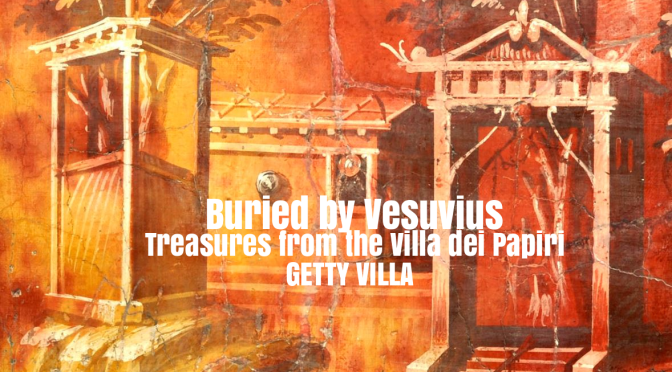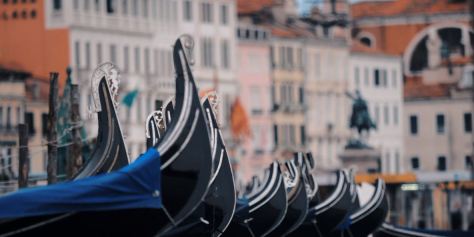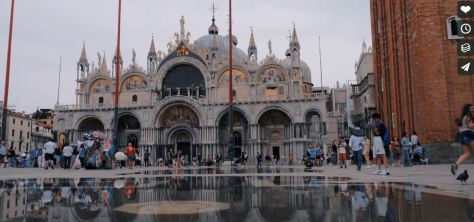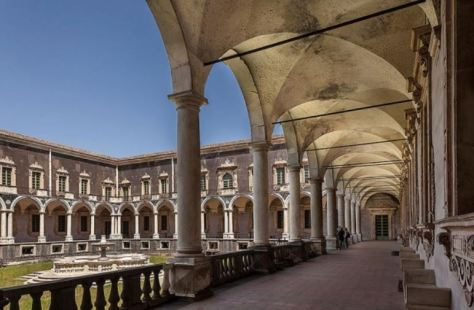From a Wall Street Journal article:
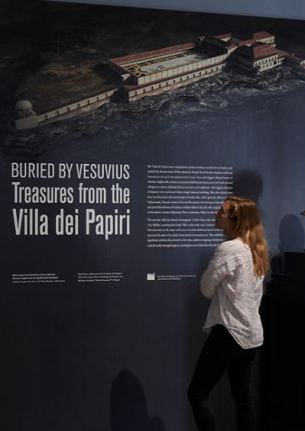 …the Getty Villa, despite some anomalies and insertions, is considered a strong likeness, which makes it a powerful locale for “Buried by Vesuvius: Treasures From the Villa dei Papiri,” the first major exhibition of works discovered in the Roman residence. The show includes Weber’s 1758 architectural map—used to build the Getty Villa—along with some of the approximately 90 sculptures pulled from the site, showing athletes, philosophers, rulers, poets and mythological figures. The exhibition also displays findings from the recent excavations.
…the Getty Villa, despite some anomalies and insertions, is considered a strong likeness, which makes it a powerful locale for “Buried by Vesuvius: Treasures From the Villa dei Papiri,” the first major exhibition of works discovered in the Roman residence. The show includes Weber’s 1758 architectural map—used to build the Getty Villa—along with some of the approximately 90 sculptures pulled from the site, showing athletes, philosophers, rulers, poets and mythological figures. The exhibition also displays findings from the recent excavations.
The idea was half-mad: building a museum to look like an ancient Roman villa that was buried under 75 feet of debris when Vesuvius erupted in A.D. 79 and had never really been seen since. But J. Paul Getty made his immense fortune by bringing ancient subterranean material (i.e. oil) to the surface, so he must have felt similar excitement in exhuming this villa, in concept if not reality. It opened as the home for his eponymous museum in 1974; now called the Getty Villa, and located in Los Angeles, it holds the institution’s Classical collections.

